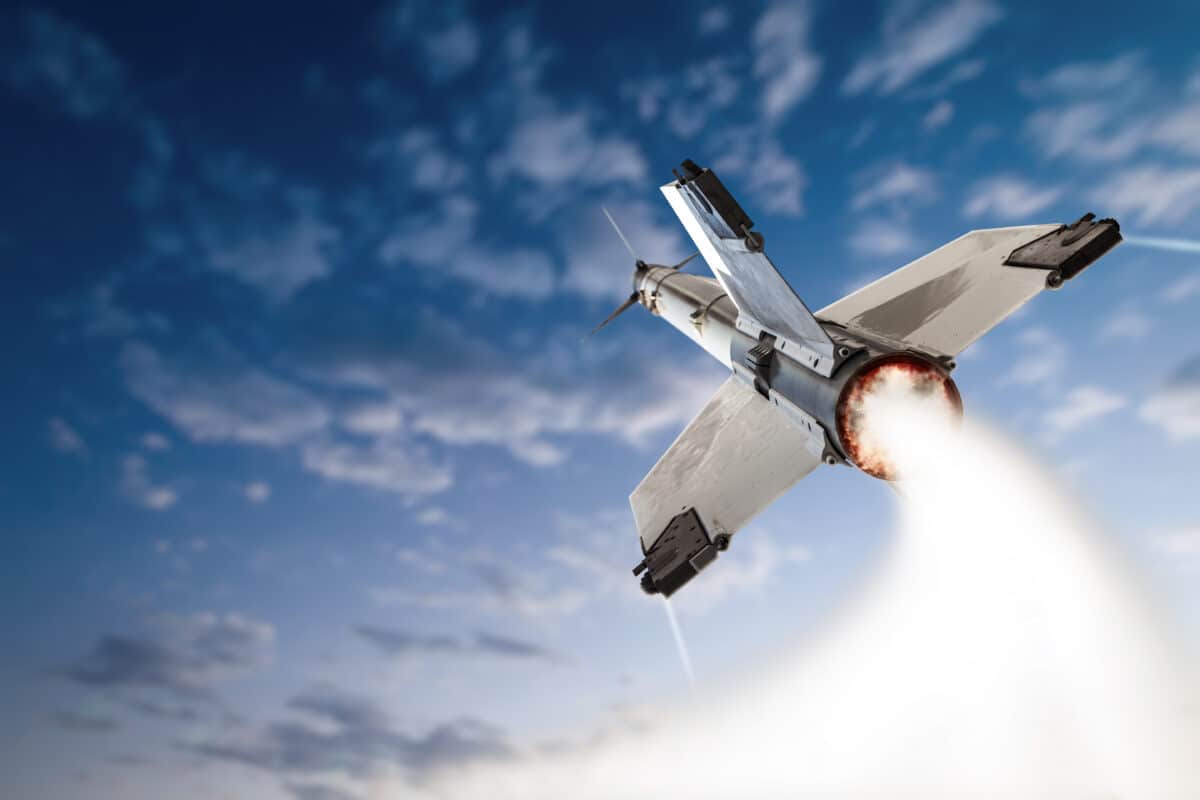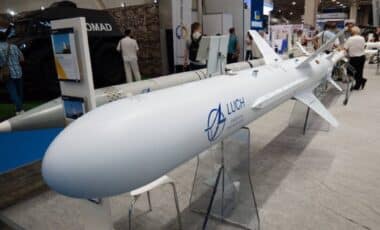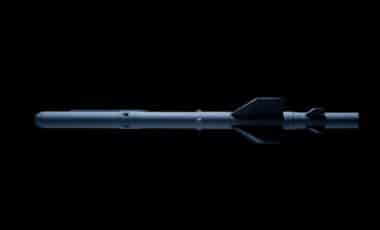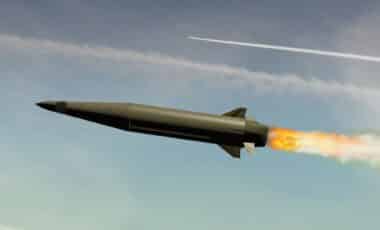The U.S. President Donald Trump has once again accused Russia of stealing American hypersonic missile technology, a claim he reiterated during a recent military event. According to Trump, the theft occurred during Barack Obama’s administration and allowed Russia to develop missiles capable of exceeding 11,000 km/h.
Trump made the statements during a speech to cadets at West Point, highlighting the gravity of the situation and alleging that the Russians “stole” the concept from the United States. While he provided no evidence to support the accusation, this narrative aligns with remarks he previously made in January during an interview on Fox News.
Trump’s renewed claims come amid growing international focus on hypersonic weapons, which are reshaping military strategies due to their high velocity and maneuverability. The development and potential use of these weapons are intensifying global tensions, especially between major powers such as the United States, Russia, and China. By suggesting that the technology was unlawfully acquired, Trump is not only challenging Russia’s advancements but also reviving debates over national security vulnerabilities during past U.S. administrations.
Although Trump insisted that the hypersonic missile design was an American innovation stolen under Obama’s presidency, he did not provide documentation or intelligence to support the claim. Nevertheless, he emphasized that the United States is now working on even more advanced “superhypersonic” weapons.
Scientists Just Found a Way to Turn Toxic Batteries Into Clean Energy — And It Changes Everything
russia’s hypersonic capability and its recent use in ukraine
Russia has declared operational use of hypersonic missiles in recent conflicts. According to reporting by BFM Business, a non-nuclear intercontinental missile was launched by Russia in November, striking Ukraine. While officially labeled hypersonic, experts questioned whether the missile actually fulfilled the necessary criteria. Many analysts suspect it did not exit the atmosphere, which is unusual for intercontinental ballistic missiles typically designed for long-range nuclear payloads.
Several military specialists believe that the missile in question could have been the RS-26 Rubezh, a system whose development was reportedly halted in 2018. Despite this, Russian President Vladimir Putin stated that the missile used was a hypersonic-configured, intermediate-range ballistic weapon named “Orechnik.”
The Race for Speed: Mach 10 and Above
Putin has claimed that Russia’s hypersonic missile capabilities now reach speeds of Mach 10, or roughly 11,000 to 12,000 km/h. Speaking publicly, the Russian president said these weapons travel at 2.5 to 3 kilometers per second, making them difficult—if not impossible—for current air and missile defense systems to intercept. According to statements made by Putin on national television, “there is no existing method to counter such weapons.”
Fabian Hoffmann, a weapons expert from the University of Oslo, commented on these developments via X (formerly Twitter). He noted that Russia would likely rely heavily on existing designs or components from older missile programs, like the RS-26, to achieve such performance metrics. This observation casts further doubt on the originality and independence of Russia’s hypersonic program.
Global Efforts to Counter Hypersonic Threats
Amid rising concerns, multiple nations are actively investing in technologies to counter hypersonic weapons. As reported by BFM Business, the United States recently conducted a test over the Pacific using a simulated interceptor against a hypersonic target. Meanwhile, the European Union has allocated at least €80 million through the European Defence Fund to select the most effective interceptors for neutralizing hypersonic threats.
China, Russia, North Korea, and Iran all claim to have developed or deployed hypersonic systems. These declarations signal a broader global arms race where speed and unpredictability may redefine future battlefields. Trump’s assertions, while unverified, underscore the competitive and secretive nature of this evolving military domain.








